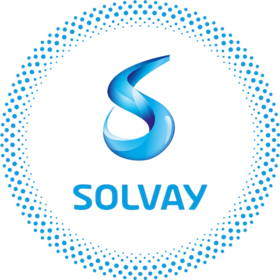MoU further reinforces strategy of both companies to develop a rare earths permanent magnet value chain in Europe.

Solvay and Hastings Technology Metals Limited have signed a non-binding offtake Memorandum of Understanding (MoU) which outlines the intent of both parties to enter into a binding commercial offtake agreement for the supply of Mixed Rare Earth Carbonate (MREC). Under the agreement, the supply of an initial 2,500 tonnes per annum of MREC will be sent from Hastings’ Yangibana rare earth project in Western Australia to Solvay’s plant in La Rochelle, France.
Solvay recently announced its commitment to expand and upgrade its La Rochelle plant for the production of separated rare earth oxides for the permanent magnets market. This significant investment from the Group brings the site one step closer to becoming a major rare earths hub in Europe in the coming years. The partnership agreement with Hastings puts both parties in an advantageous position to explore potential downstream opportunities including magnet production with third parties.
Charles Lew, Hastings Executive Chairman, said: “This is a very significant agreement for Hastings. It sets out the basis of a long-term partnership with Solvay for our downstream mine to magnet strategy which is in line with our European centric business model. We are delighted that Solvay has chosen to work with Hastings as it re-enters the rare earth oxides separation business at a time when long term demand for NdPr oxides is experiencing strong growth.”
“After announcing our plan to make La Rochelle a rare earths hub in Europe, we’re excited to take this next step,” said Solvay CEO Ilham Kadri. “We are thrilled to work with Hastings on this important project, which will play a big role in enabling a permanent magnet value chain. We want to help Europe power its new economy with more autonomous and sustainable solutions for electric mobility, clean energy generation and sensitive electronics applications.”
Hasting’s Yangibana Project is a significant Australian Rare Earths Project, containing substantial Neodymium and Praseodymium resources. The project currently covers approximately 650 square kilometers and is located in the Gascoyne region of Western Australia.
Subscribe to our newsletter & stay updated.